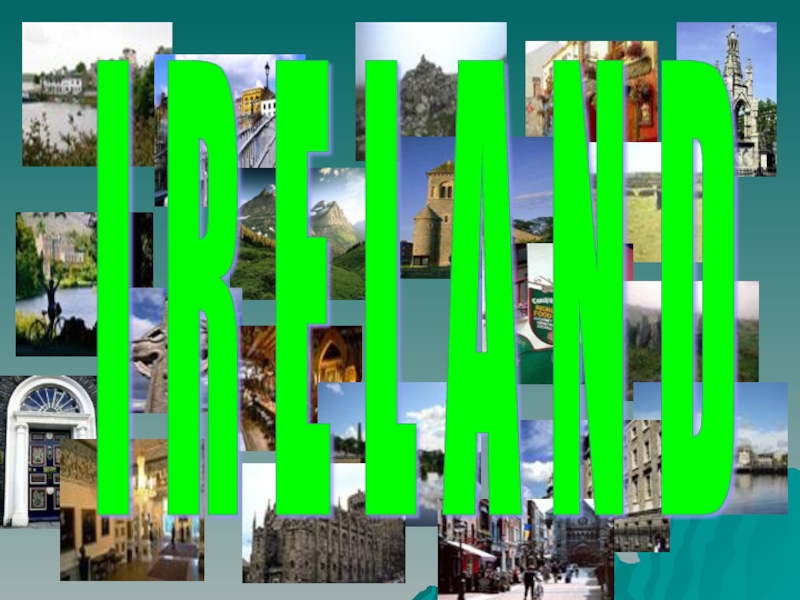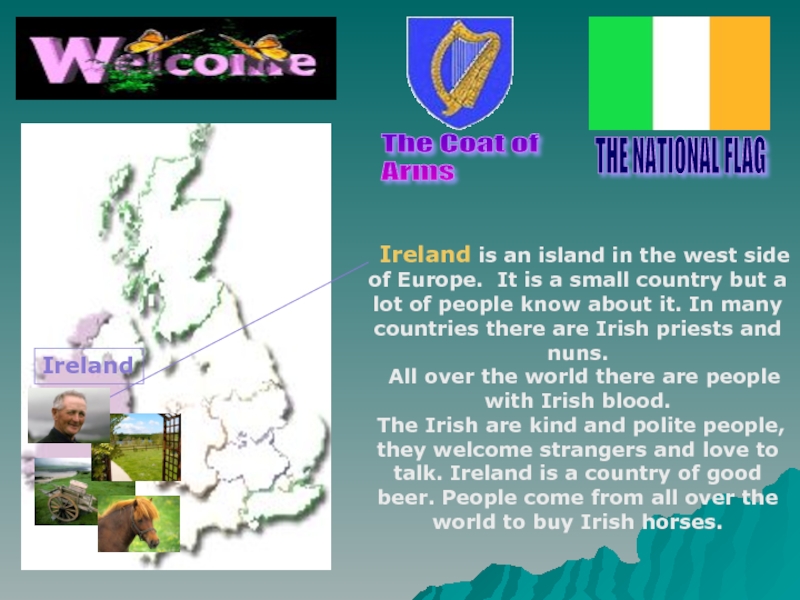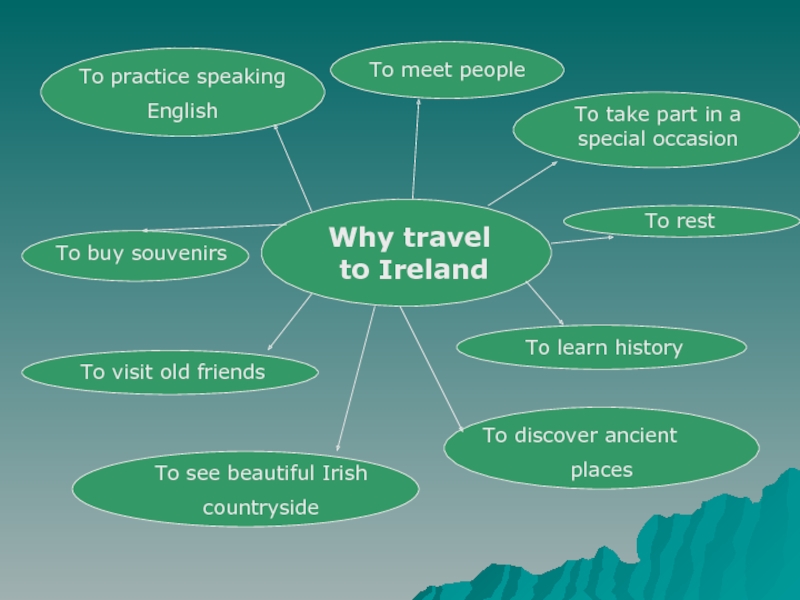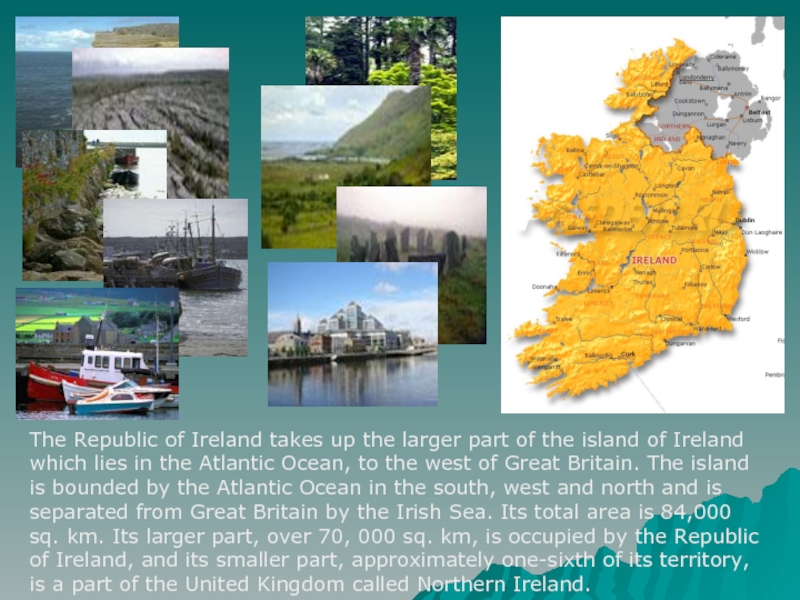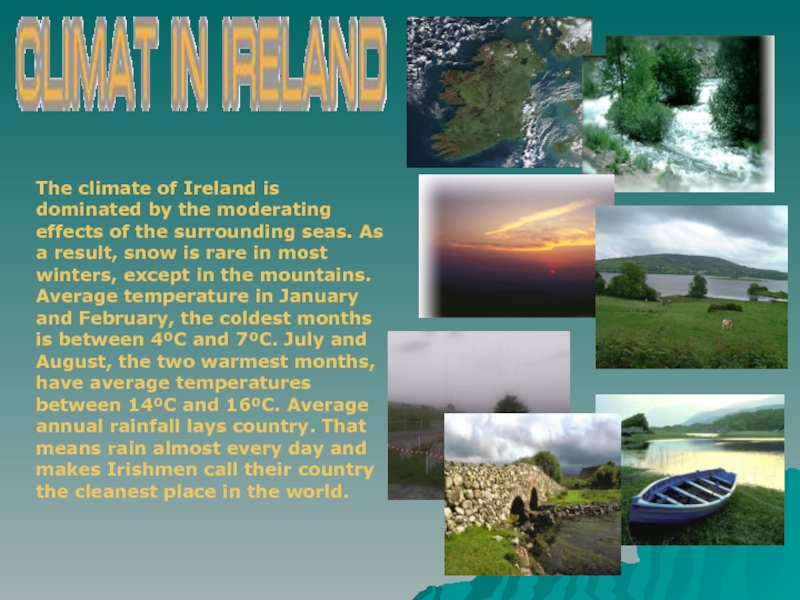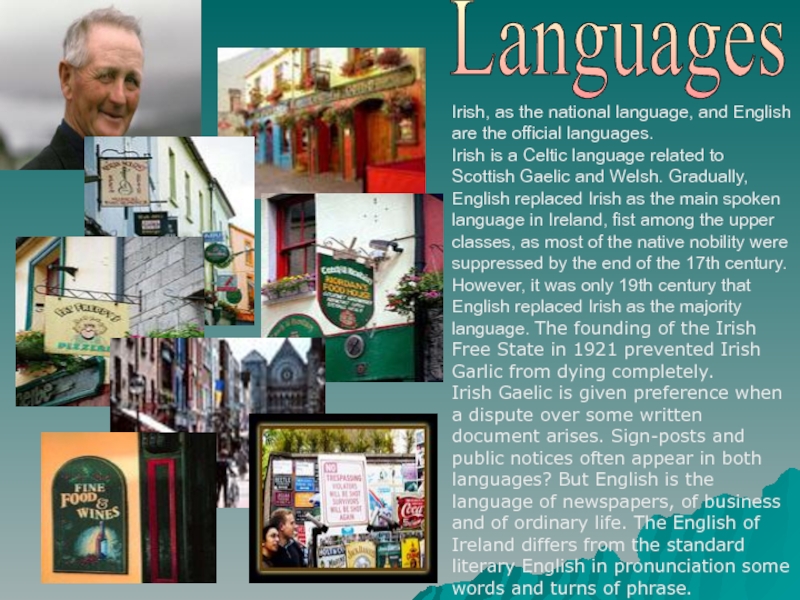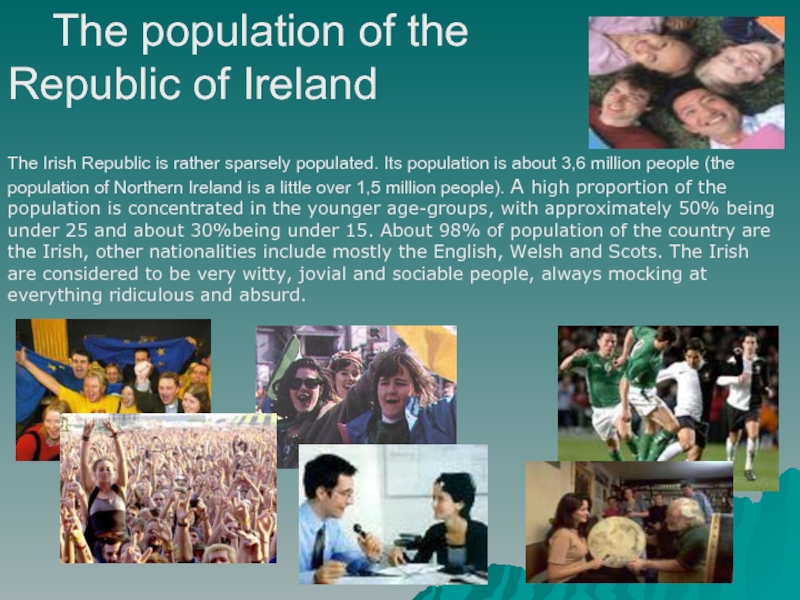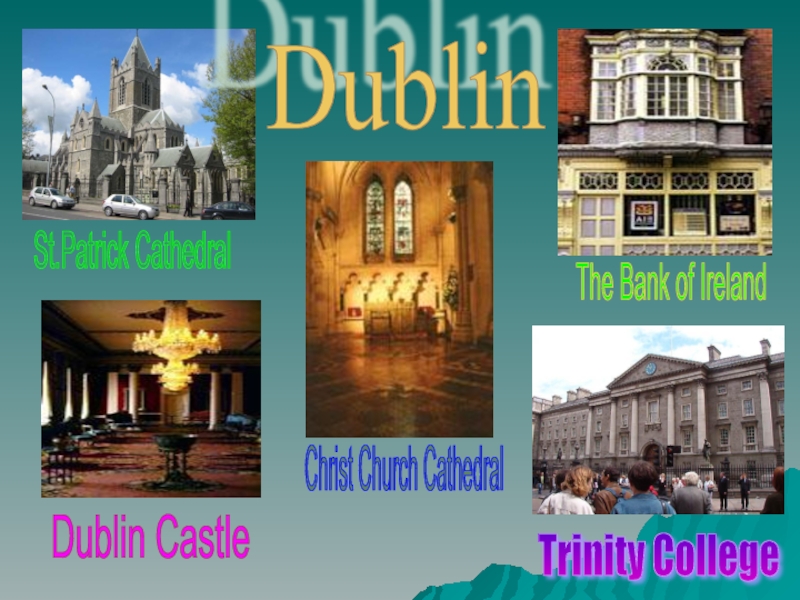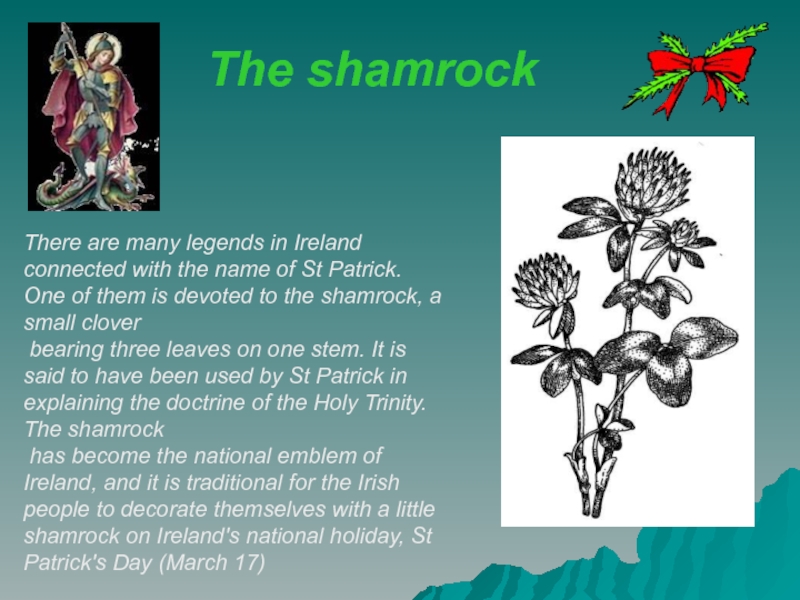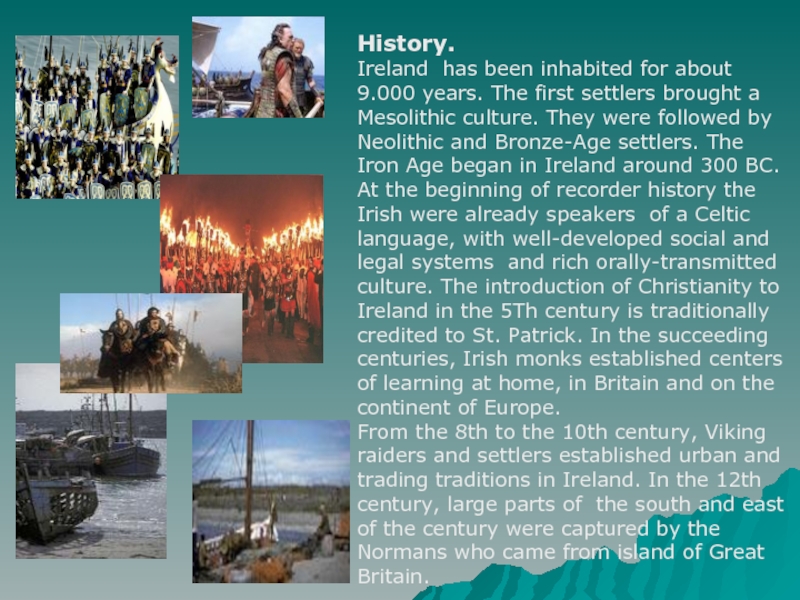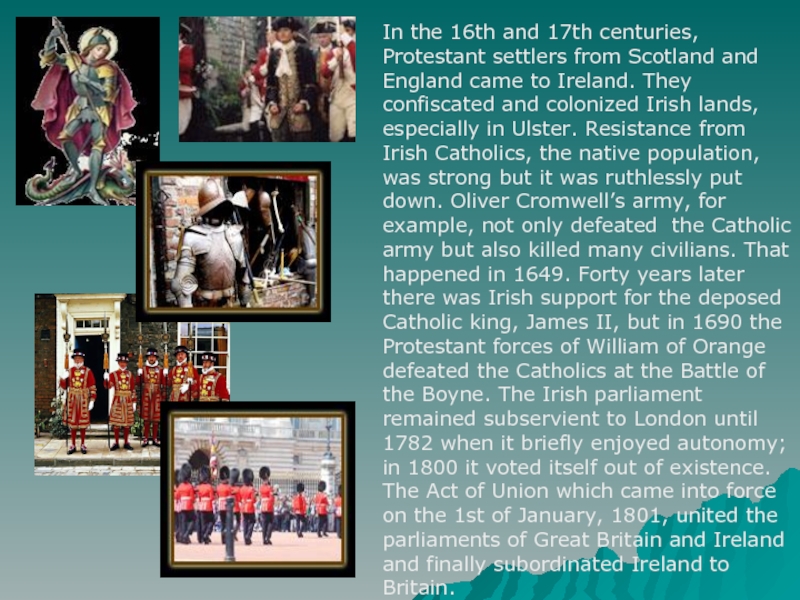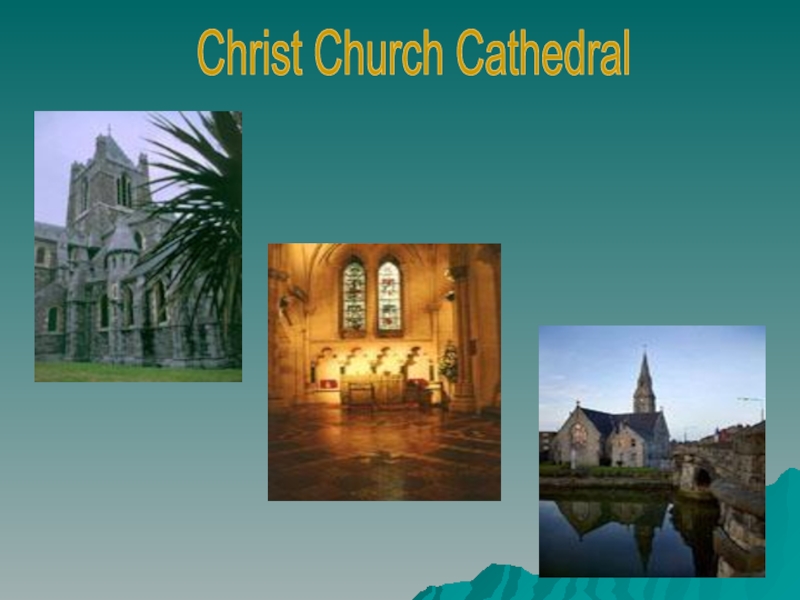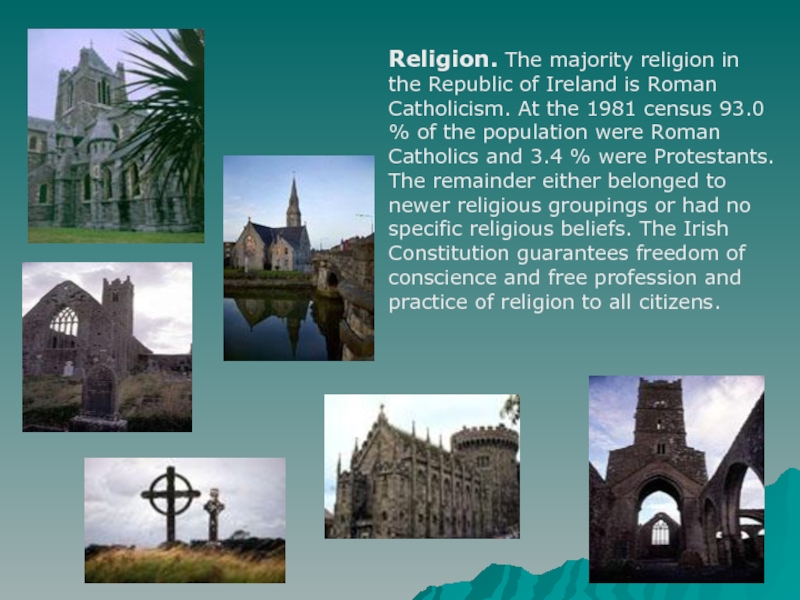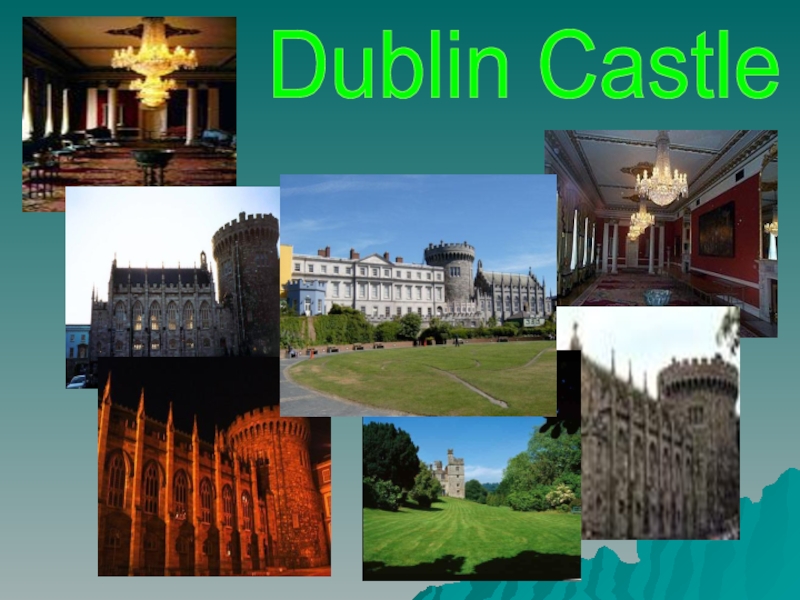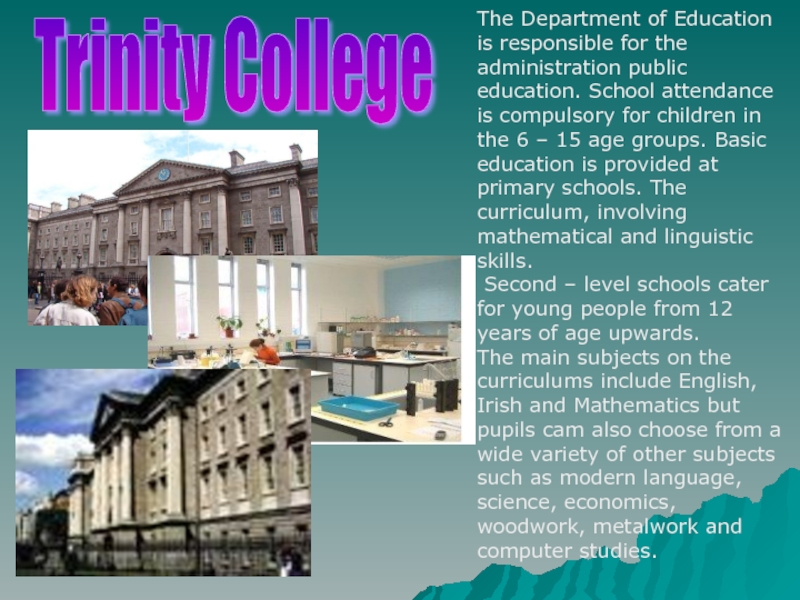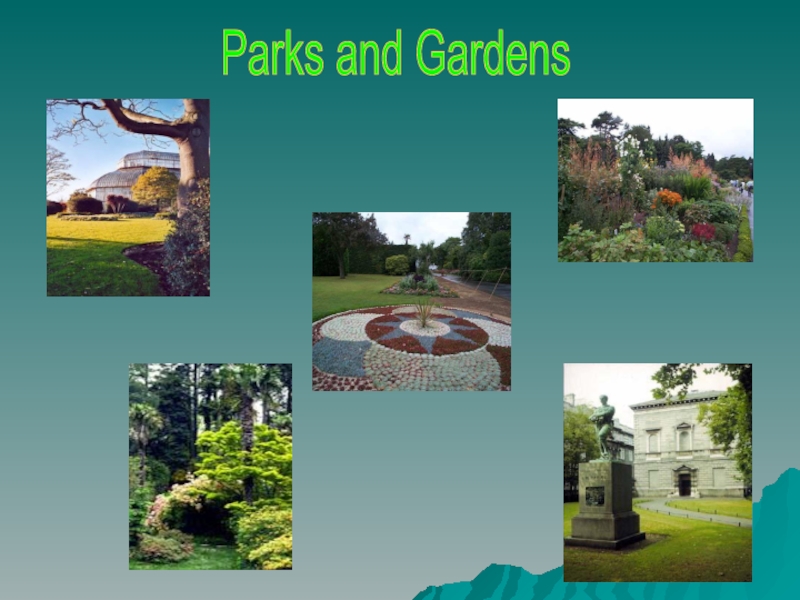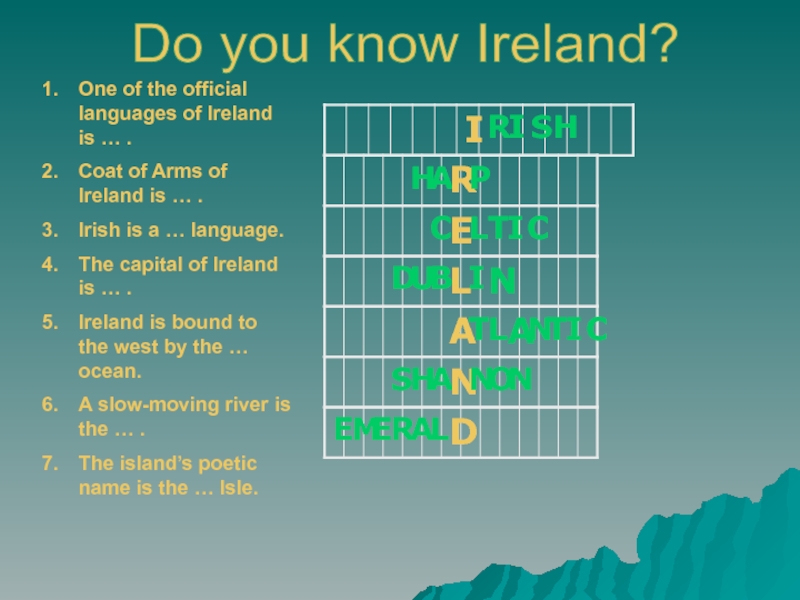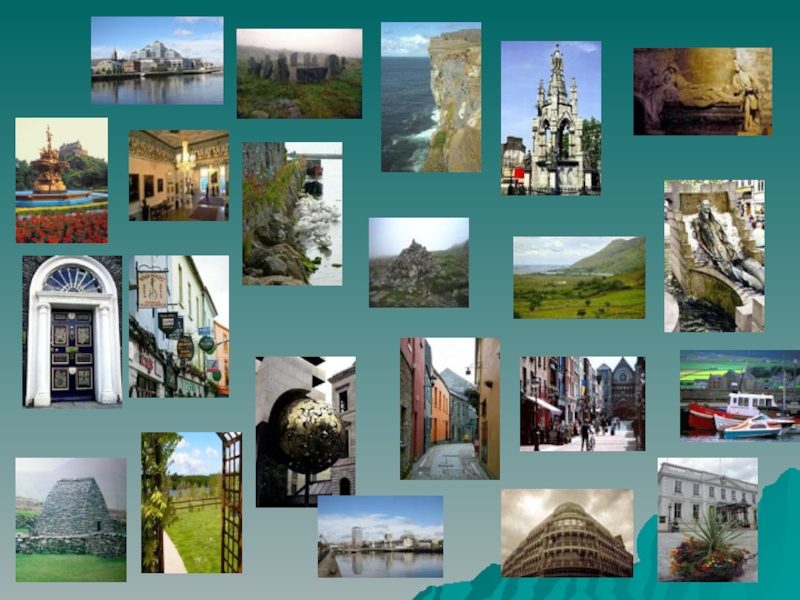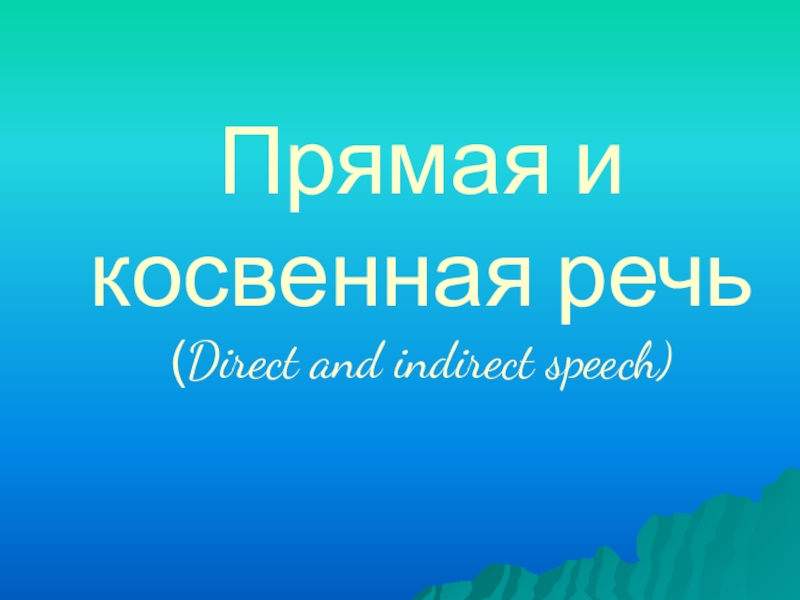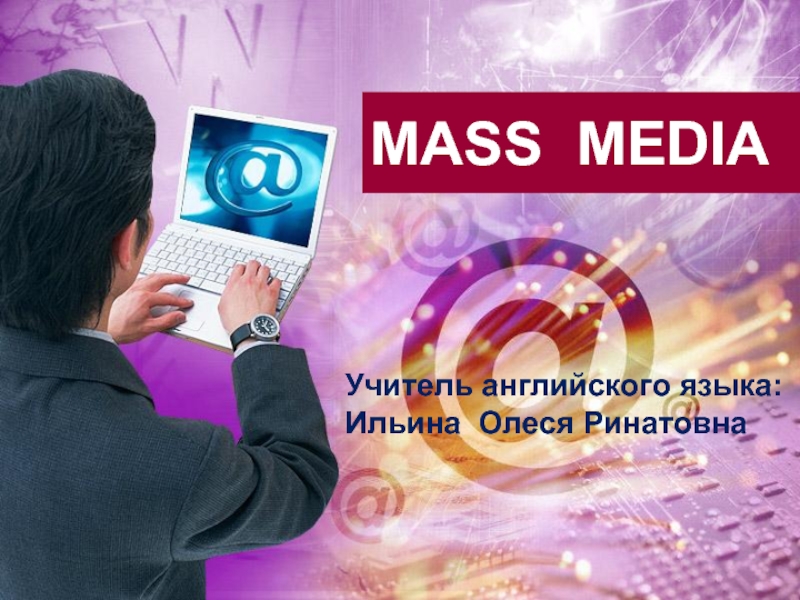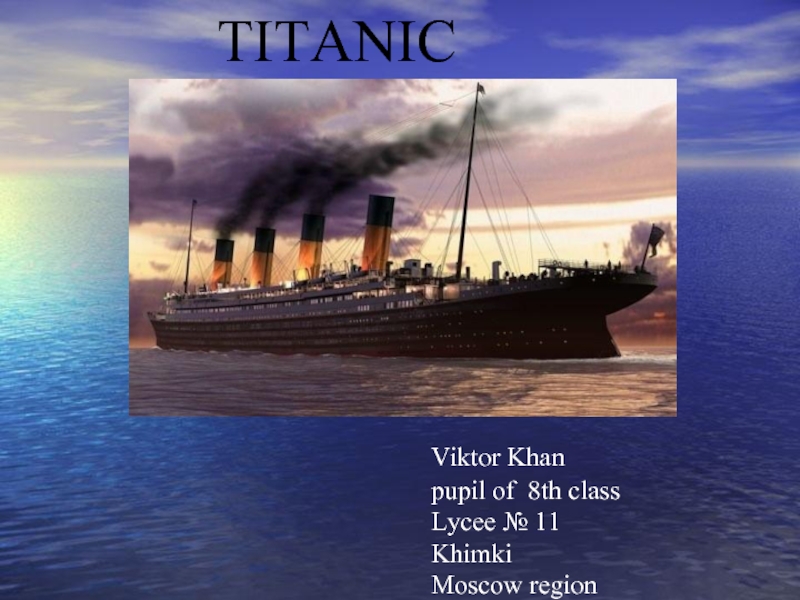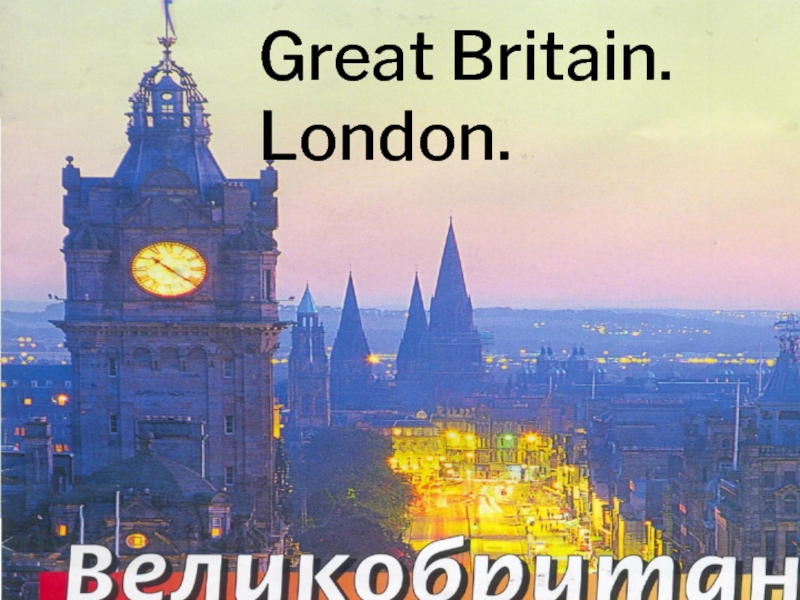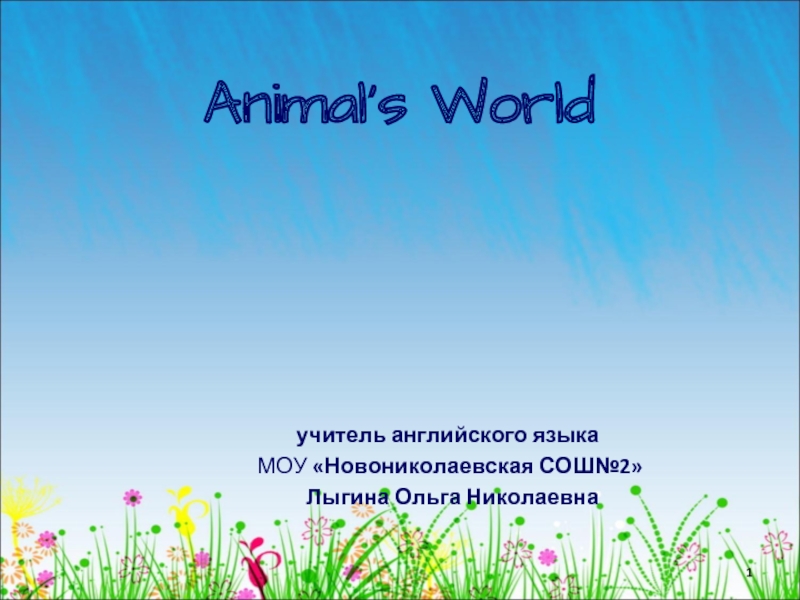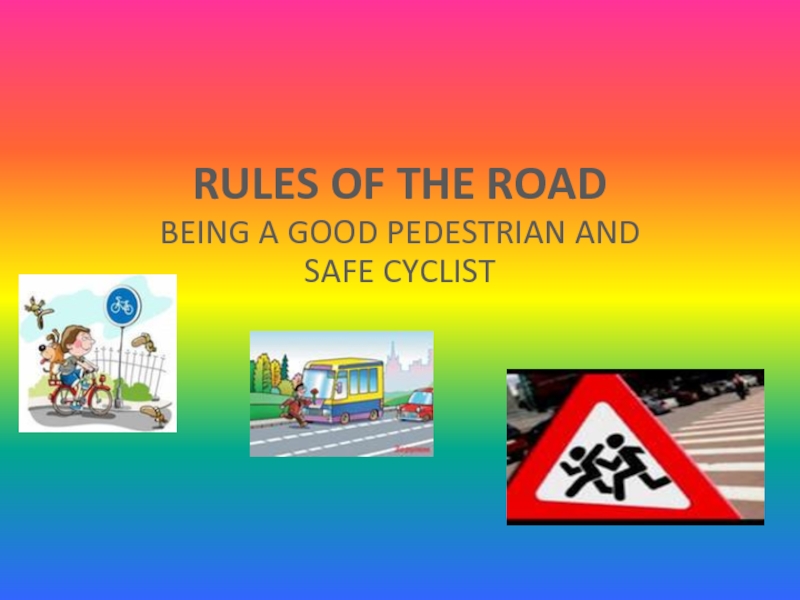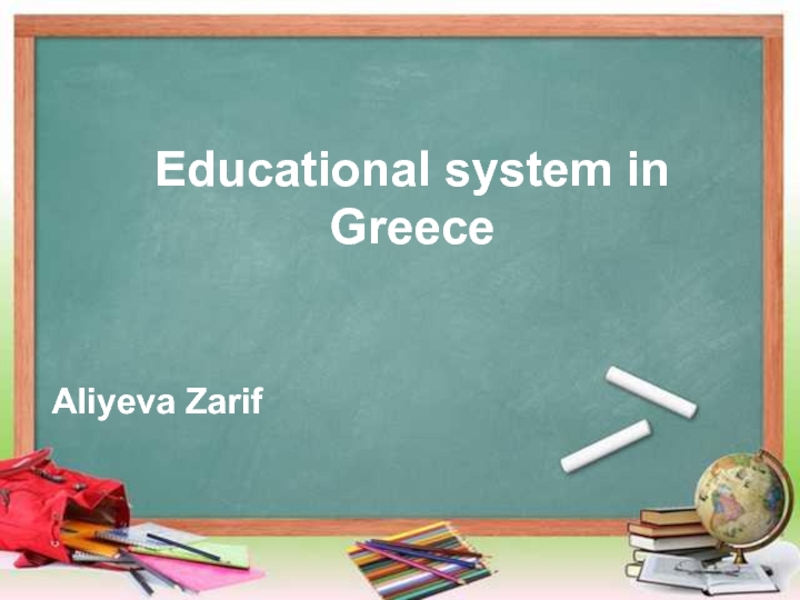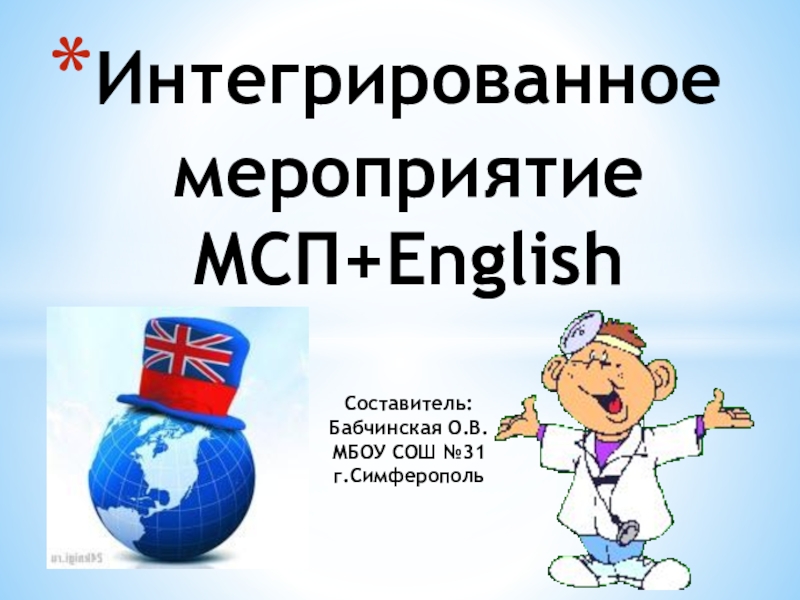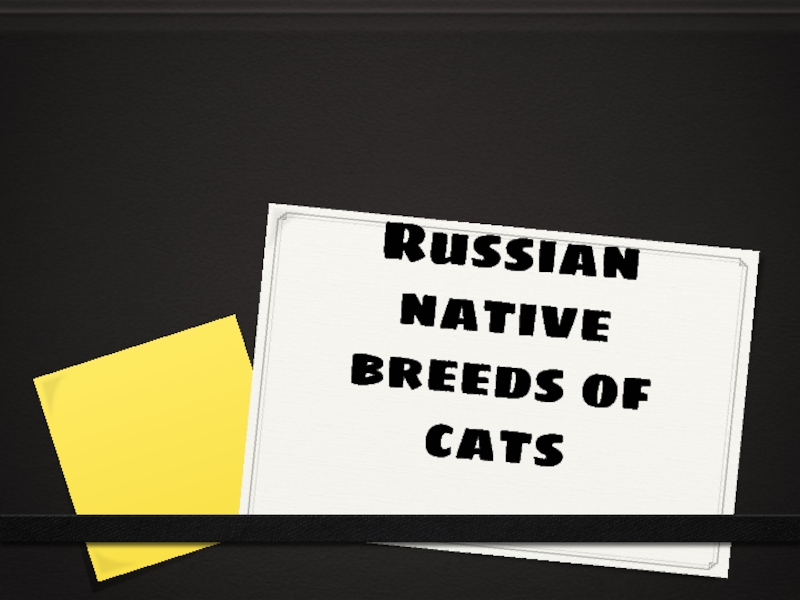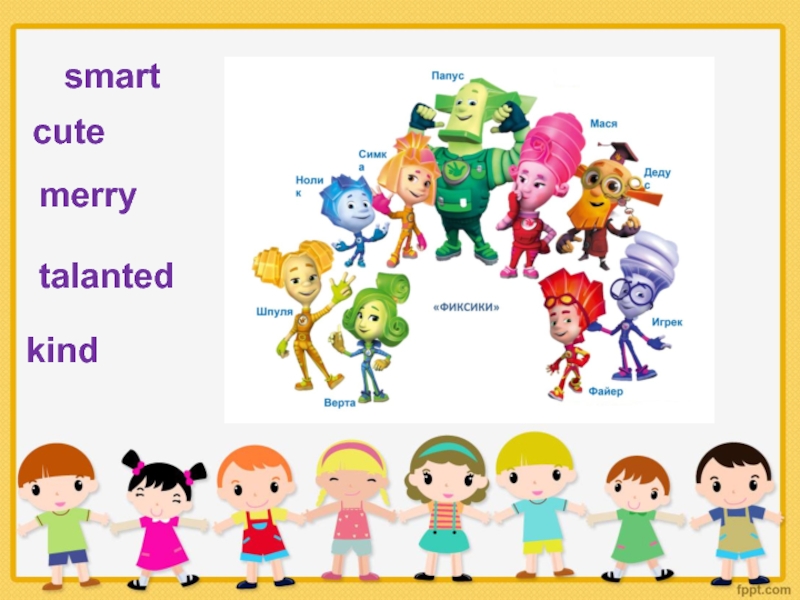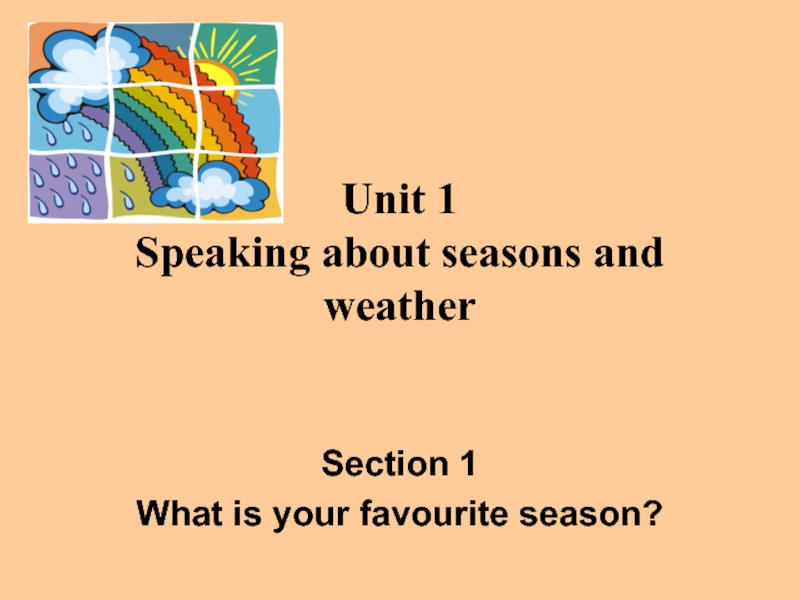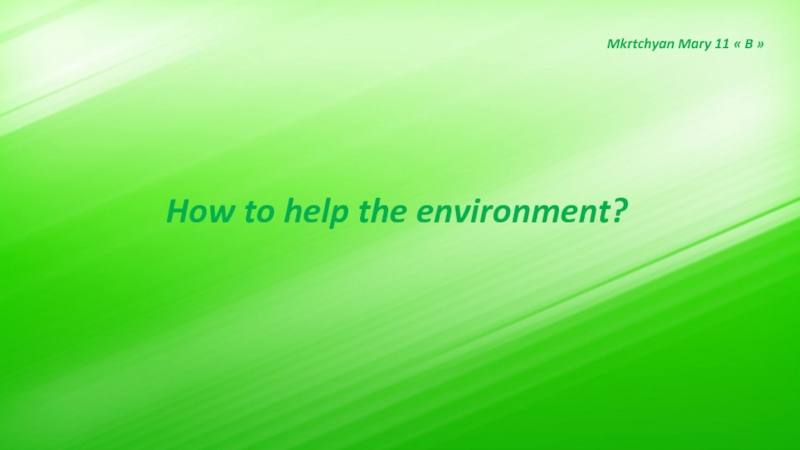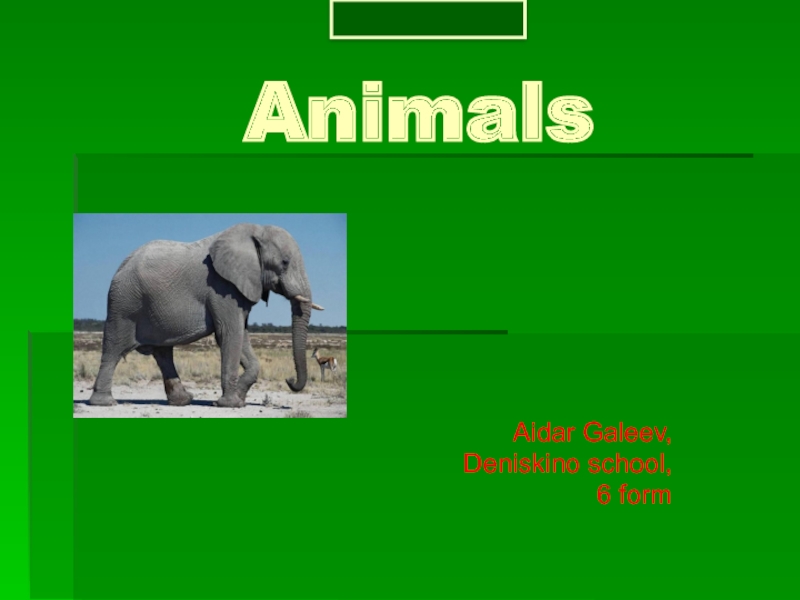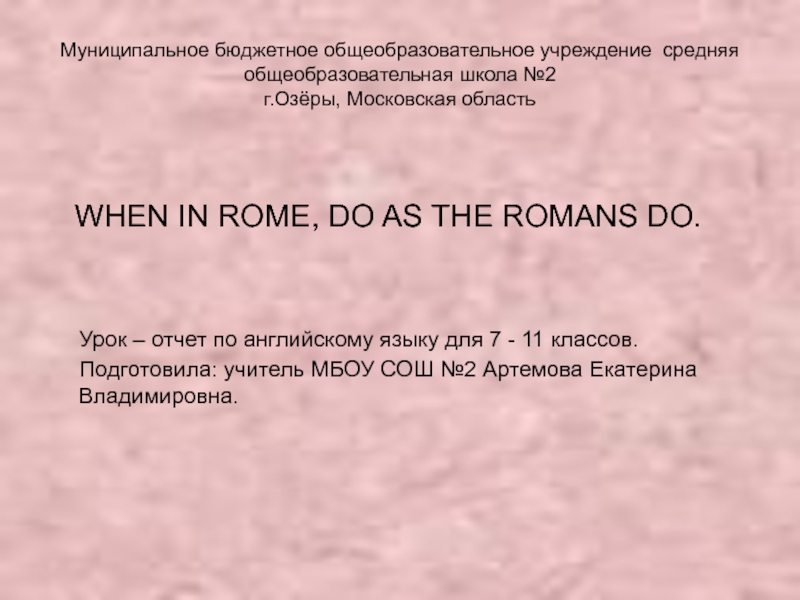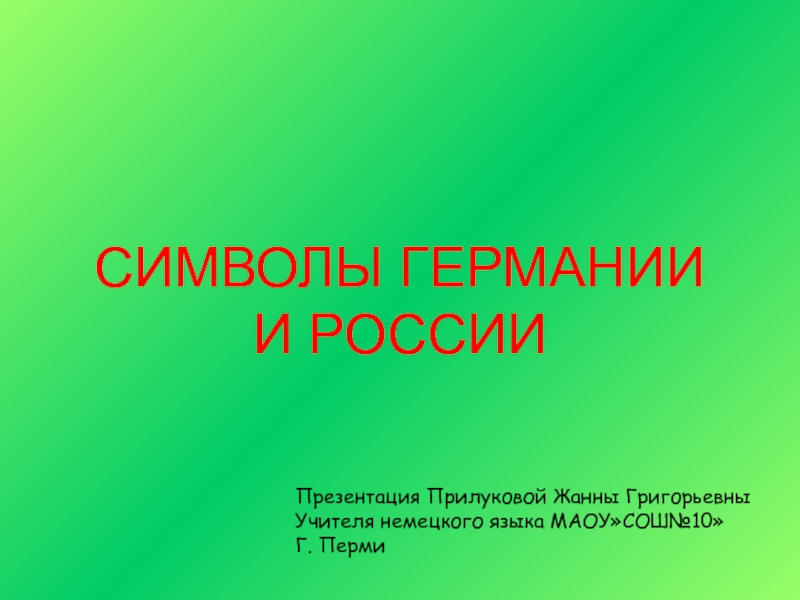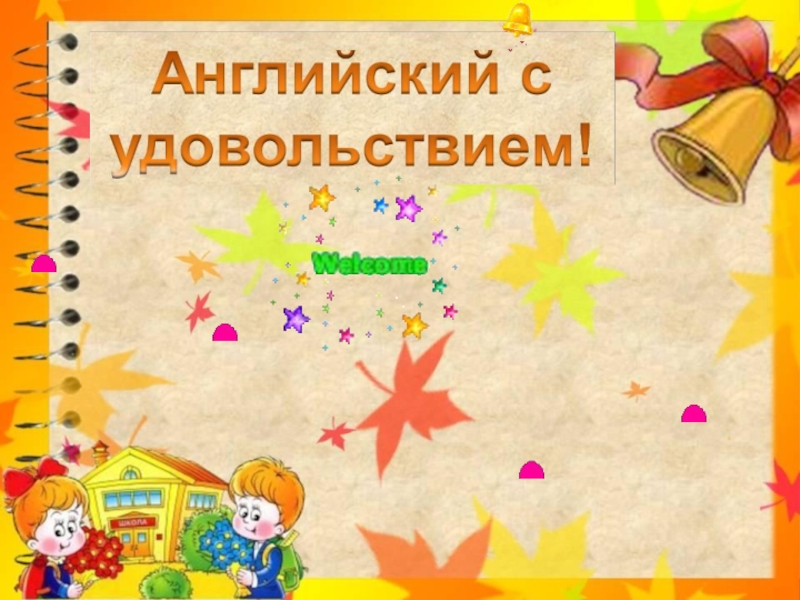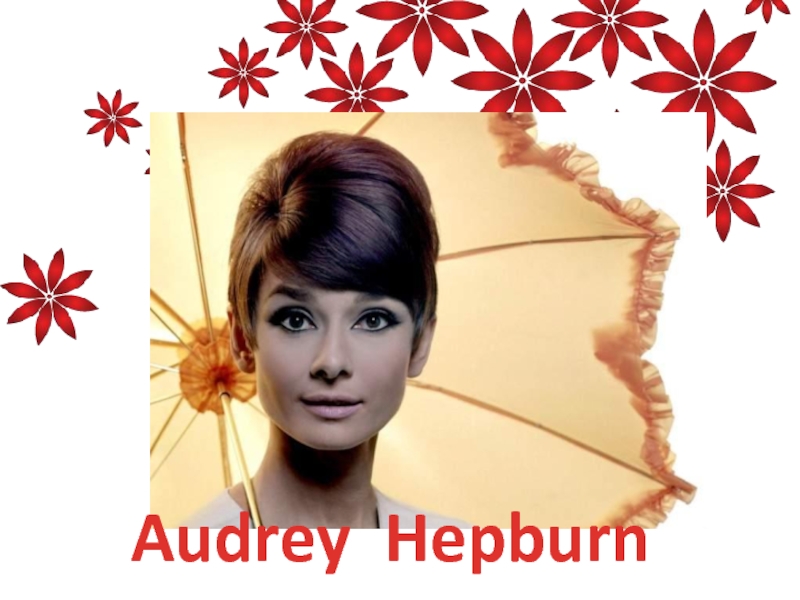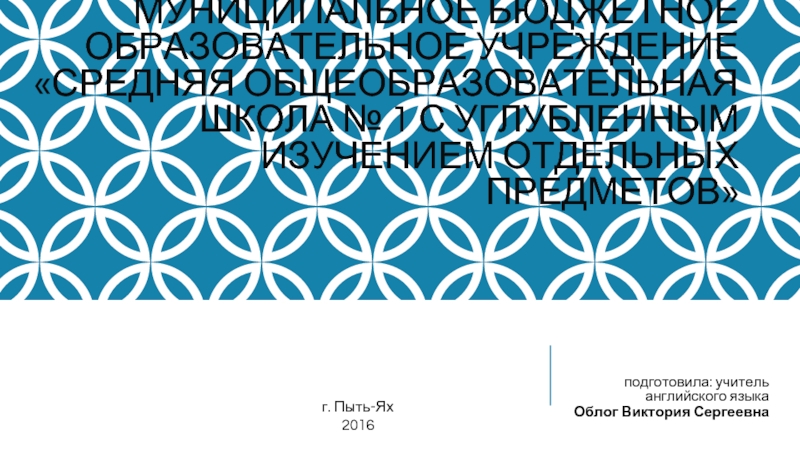Слайд 2 Ireland is an island in the west side of
Europe. It is a small country but a lot of
people know about it. In many countries there are Irish priests and nuns.
All over the world there are people with Irish blood.
The Irish are kind and polite people, they welcome strangers and love to talk. Ireland is a country of good beer. People come from all over the world to buy Irish horses.
THE NATIONAL FLAG
The Coat of
Arms
Ireland
Слайд 3
Why travel
to Ireland
To practice speaking
English
To meet people
To take part
in a special occasion
To rest
To buy souvenirs
To visit old friends
To
see beautiful Irish
countryside
To learn history
To discover ancient
places
Слайд 4The Republic of Ireland takes up the larger part of
the island of Ireland which lies in the Atlantic Ocean,
to the west of Great Britain. The island is bounded by the Atlantic Ocean in the south, west and north and is separated from Great Britain by the Irish Sea. Its total area is 84,000 sq. km. Its larger part, over 70, 000 sq. km, is occupied by the Republic of Ireland, and its smaller part, approximately one-sixth of its territory, is a part of the United Kingdom called Northern Ireland.
Слайд 5The climate of Ireland is dominated by the moderating effects
of the surrounding seas. As a result, snow is rare
in most winters, except in the mountains. Average temperature in January and February, the coldest months is between 4ºC and 7ºC. July and August, the two warmest months, have average temperatures between 14ºC and 16ºC. Average annual rainfall lays country. That means rain almost every day and makes Irishmen call their country the cleanest place in the world.
Слайд 6
Irish, as the national language, and English are the official
languages.
Irish is a Celtic language related to Scottish Gaelic and
Welsh. Gradually, English replaced Irish as the main spoken language in Ireland, fist among the upper classes, as most of the native nobility were suppressed by the end of the 17th century. However, it was only 19th century that English replaced Irish as the majority language. The founding of the Irish Free State in 1921 prevented Irish Garlic from dying completely.
Irish Gaelic is given preference when a dispute over some written document arises. Sign-posts and public notices often appear in both languages? But English is the language of newspapers, of business and of ordinary life. The English of Ireland differs from the standard literary English in pronunciation some words and turns of phrase.
Languages
Слайд 7 The population of the Republic of Ireland
The Irish
Republic is rather sparsely populated. Its population is about 3,6
million people (the population of Northern Ireland is a little over 1,5 million people). A high proportion of the population is concentrated in the younger age-groups, with approximately 50% being under 25 and about 30%being under 15. About 98% of population of the country are the Irish, other nationalities include mostly the English, Welsh and Scots. The Irish are considered to be very witty, jovial and sociable people, always mocking at everything ridiculous and absurd.
Слайд 8The Bank of Ireland
Christ Church Cathedral
Trinity College
Dublin Castle
St.Patrick Cathedral
Dublin
Слайд 9There are many legends in Ireland connected with the name
of St Patrick. One of them is devoted to the
shamrock, a small clover
bearing three leaves on one stem. It is said to have been used by St Patrick in explaining the doctrine of the Holy Trinity. The shamrock
has become the national emblem of Ireland, and it is traditional for the Irish people to decorate themselves with a little shamrock on Ireland's national holiday, St Patrick's Day (March 17)
The shamrock
Слайд 10Another legend goes back to the times of the Viking
raids. It says that many hundred years ago two Viking
chieftains went with their men in two big boats to Ireland .The first chieftain's name was Heremon O'Neill, the name of the other we do not know. "The first of us to touch the Irish land will be the king of it," they agreed .At last they were near the Irish coast. The two boats were going faster and faster .But the boat of Heremon O'Neill was not so fast
as the boat of the other chieftain. When the boats were quite near the land, O'Neill quickly cut off his right hand and threw it over to the land. His hand touched the land and he became the king of Ireland. That is how many people in Ireland explain a picture of a hand on the coat of arms of their country.
Слайд 11A picture of the harp, the national musical instrument of
Ireland, is
also on the coat of arms of the
country Throughout the centuries the
harp continues to be an official symbol and is seen on the coinage
state seals and ships' mast-heads
The harp
History.
Ireland has been inhabited for about 9.000 years. The first settlers brought a Mesolithic culture. They were followed by Neolithic and Bronze-Age settlers. The Iron Age began in Ireland around 300 BC. At the beginning of recorder history the Irish were already speakers of a Celtic language, with well-developed social and legal systems and rich orally-transmitted culture. The introduction of Christianity to Ireland in the 5Th century is traditionally credited to St. Patrick. In the succeeding centuries, Irish monks established centers of learning at home, in Britain and on the continent of Europe.
From the 8th to the 10th century, Viking raiders and settlers established urban and trading traditions in Ireland. In the 12th century, large parts of the south and east of the century were captured by the Normans who came from island of Great Britain.
Слайд 13In the 16th and 17th centuries, Protestant settlers from Scotland
and England came to Ireland. They confiscated and colonized Irish
lands, especially in Ulster. Resistance from Irish Catholics, the native population, was strong but it was ruthlessly put down. Oliver Cromwell’s army, for example, not only defeated the Catholic army but also killed many civilians. That happened in 1649. Forty years later there was Irish support for the deposed Catholic king, James II, but in 1690 the Protestant forces of William of Orange defeated the Catholics at the Battle of the Boyne. The Irish parliament remained subservient to London until 1782 when it briefly enjoyed autonomy; in 1800 it voted itself out of existence. The Act of Union which came into force on the 1st of January, 1801, united the parliaments of Great Britain and Ireland and finally subordinated Ireland to Britain.
Слайд 15Jonathan Swift
(satirical writer)
George
Bernard Shaw
(dramatist)
Samuel Bekket
(writer)
James Joyce
(writer)
Seamus Heaney
(poet)
lreland has 2
literatures, one in the native language (Gaelic literature) and another
in the English language (commonly called Anglo-Irish literature). Written literature in Old Irish dates from the 6th century AD. Writers and poets of the 20th century opened Irish literature to European influences. Among the earliest of Anglo-Irish writers was Jonathan Swift (1667-1745) The most outstanding lrish novelist was Joyce (1882-1941). His novel «Ulysses» won world- wide fame and recognition. Irish literature has a considerable dramatic tradition. Oliver Goldsmith (1728-1774), Richard Brinsley Sheridan (1751-1816), Oscar Wilde (1854-1900),George Bernard Shaw 1856-1950) are the greatest dramatists in the English language. A progressive writer and dramatist, well known to lrish working people Samuel Beckett (b. 1906) is internationally renowned as a dramatist and novelist. Beckett, Shaw and Yeats have each been awarded the Nobel Prize for Literature.
Слайд 17Religion. The majority religion in the Republic of Ireland is
Roman Catholicism. At the 1981 census 93.0 % of the
population were Roman Catholics and 3.4 % were Protestants. The remainder either belonged to newer religious groupings or had no specific religious beliefs. The Irish Constitution guarantees freedom of conscience and free profession and practice of religion to all citizens.
Слайд 19Trinity College
The Department of Education is responsible for the administration
public education. School attendance is compulsory for children in the
6 – 15 age groups. Basic education is provided at primary schools. The curriculum, involving mathematical and linguistic skills.
Second – level schools cater for young people from 12 years of age upwards.
The main subjects on the curriculums include English, Irish and Mathematics but pupils cam also choose from a wide variety of other subjects such as modern language, science, economics, woodwork, metalwork and computer studies.
Слайд 20Government. Ireland is a parliamentary republic with the President as
the Head of State. The President is elected by direct
vote for the term of 7 years. The Law-making body is the Parliament which consists of the House of Representatives and the Senate. The 5 main political parties are represented in the House of Representatives.
Executive power is exercised by the Prim Minister who is Head of Government, responsible to the House of Representatives.
Leinster house
(the seat of Irish Parliament)
President of Ireland
Mary Mc Aleese
Слайд 22One of the official languages of Ireland is … .
Coat
of Arms of Ireland is … .
Irish is a …
language.
The capital of Ireland is … .
Ireland is bound to the west by the … ocean.
A slow-moving river is the … .
The island’s poetic name is the … Isle.
Do you know Ireland?
